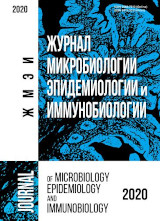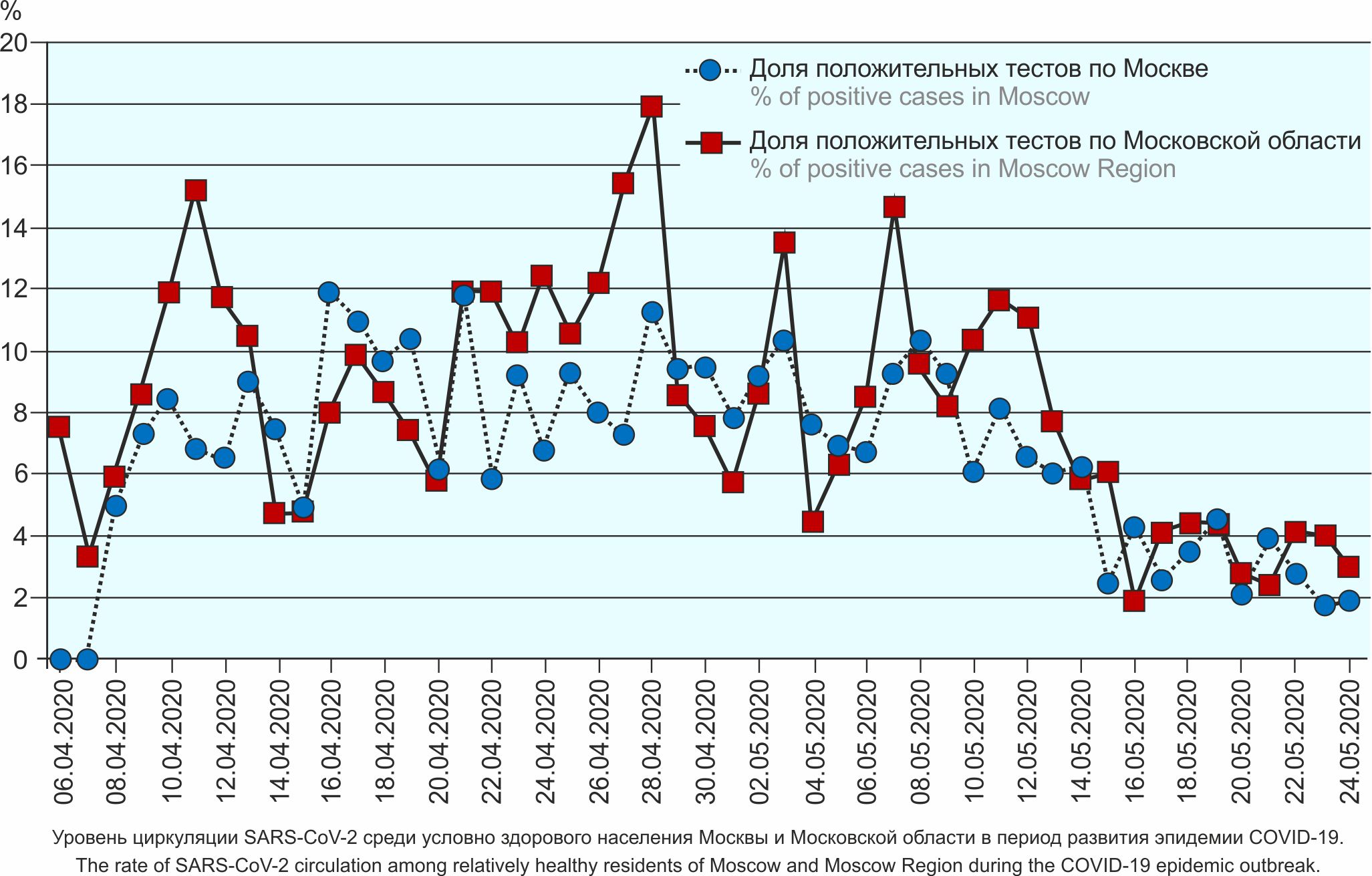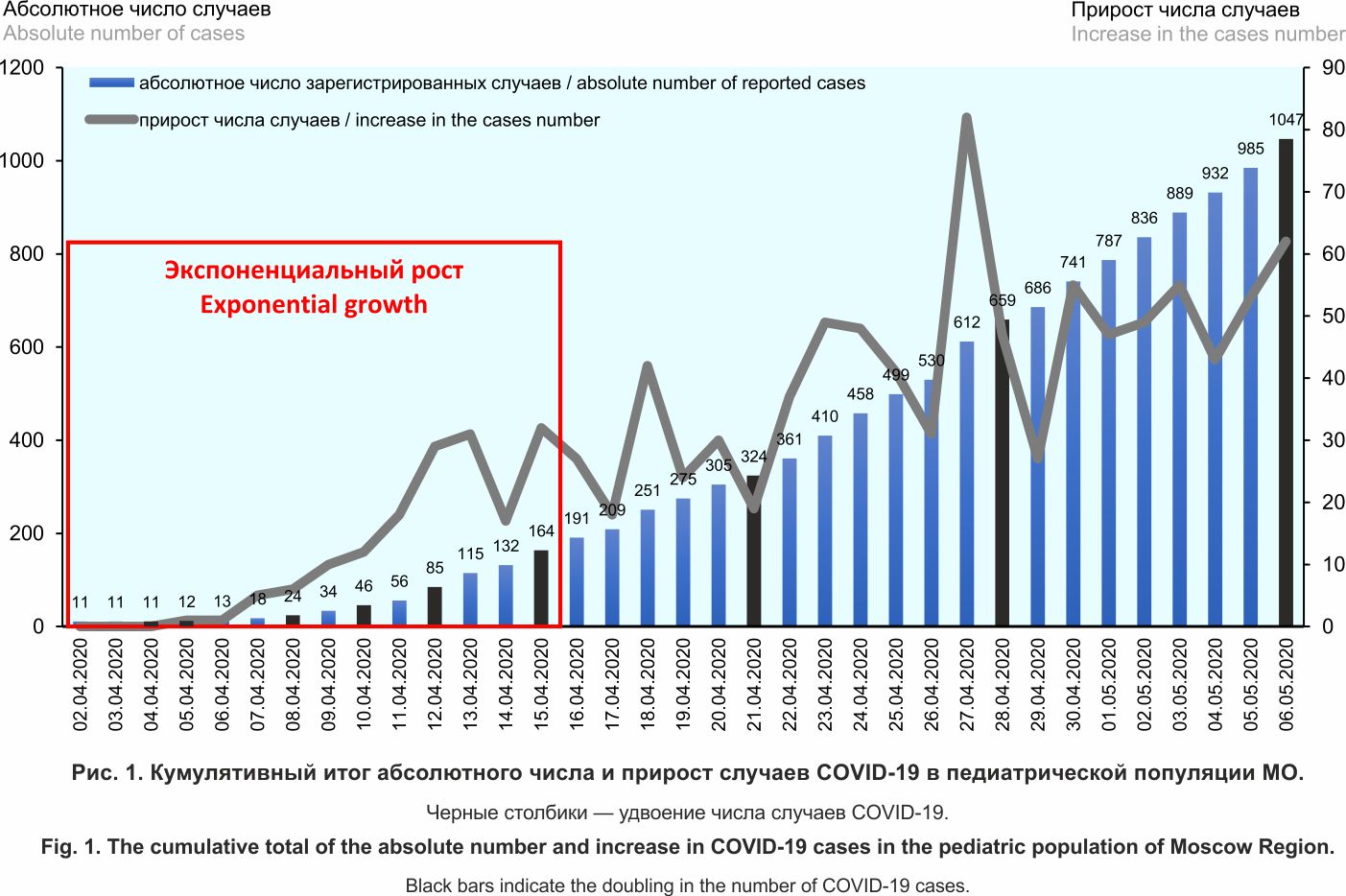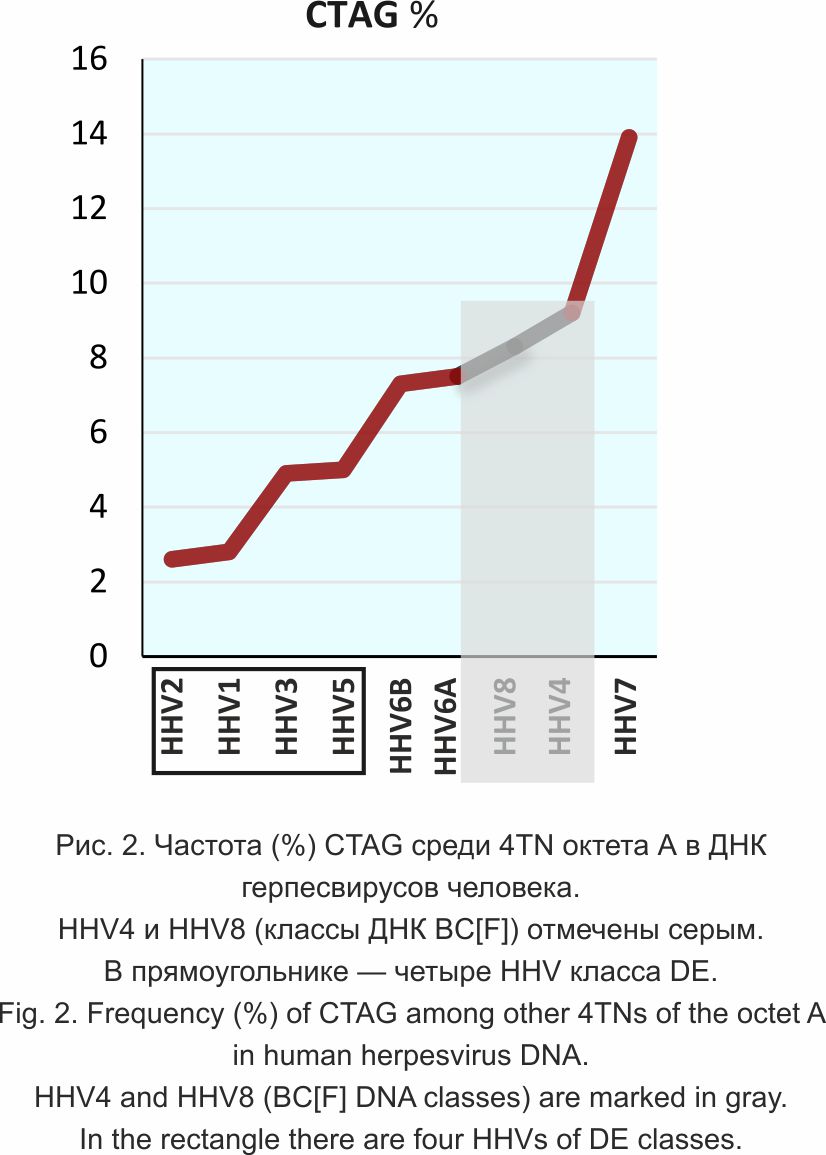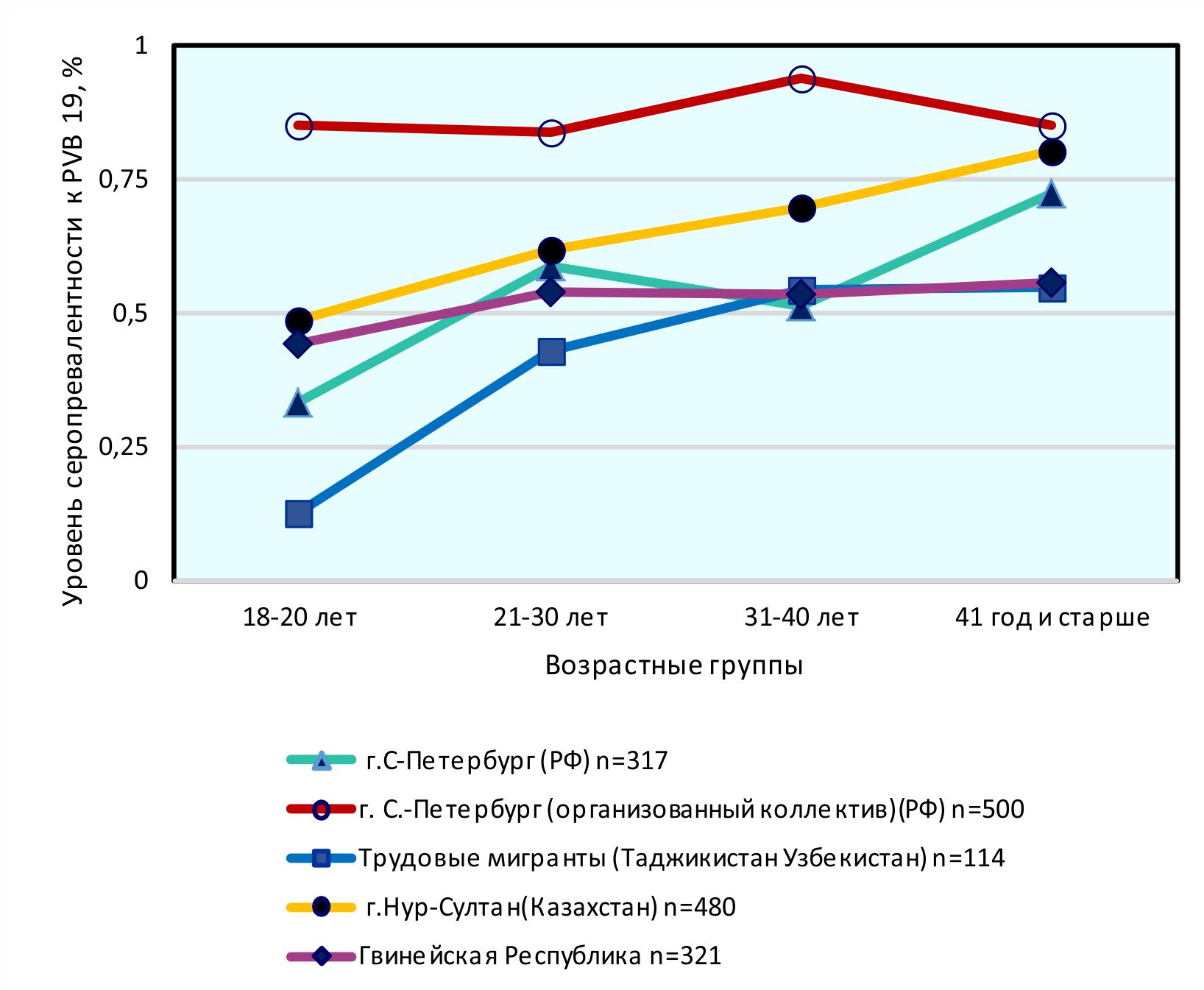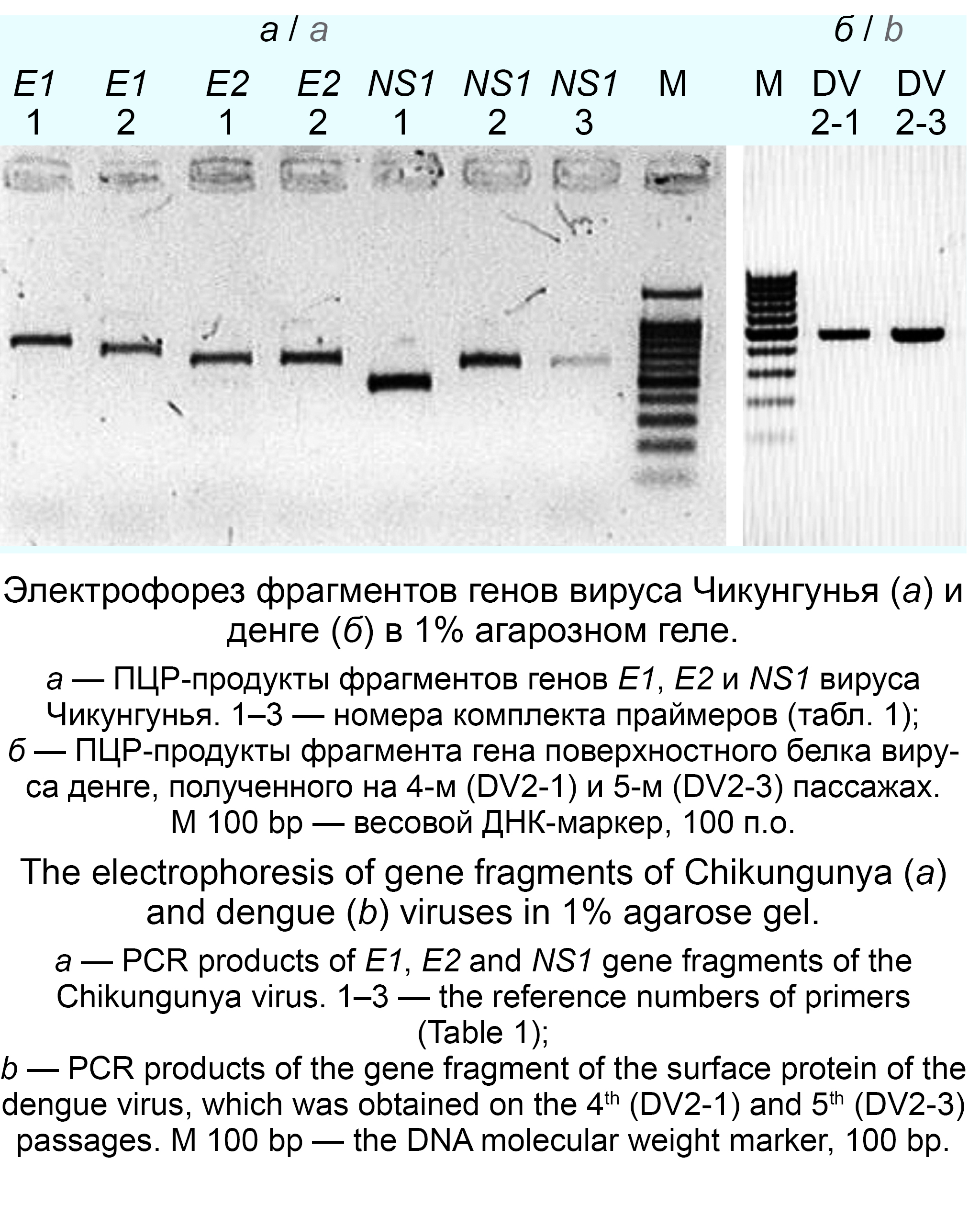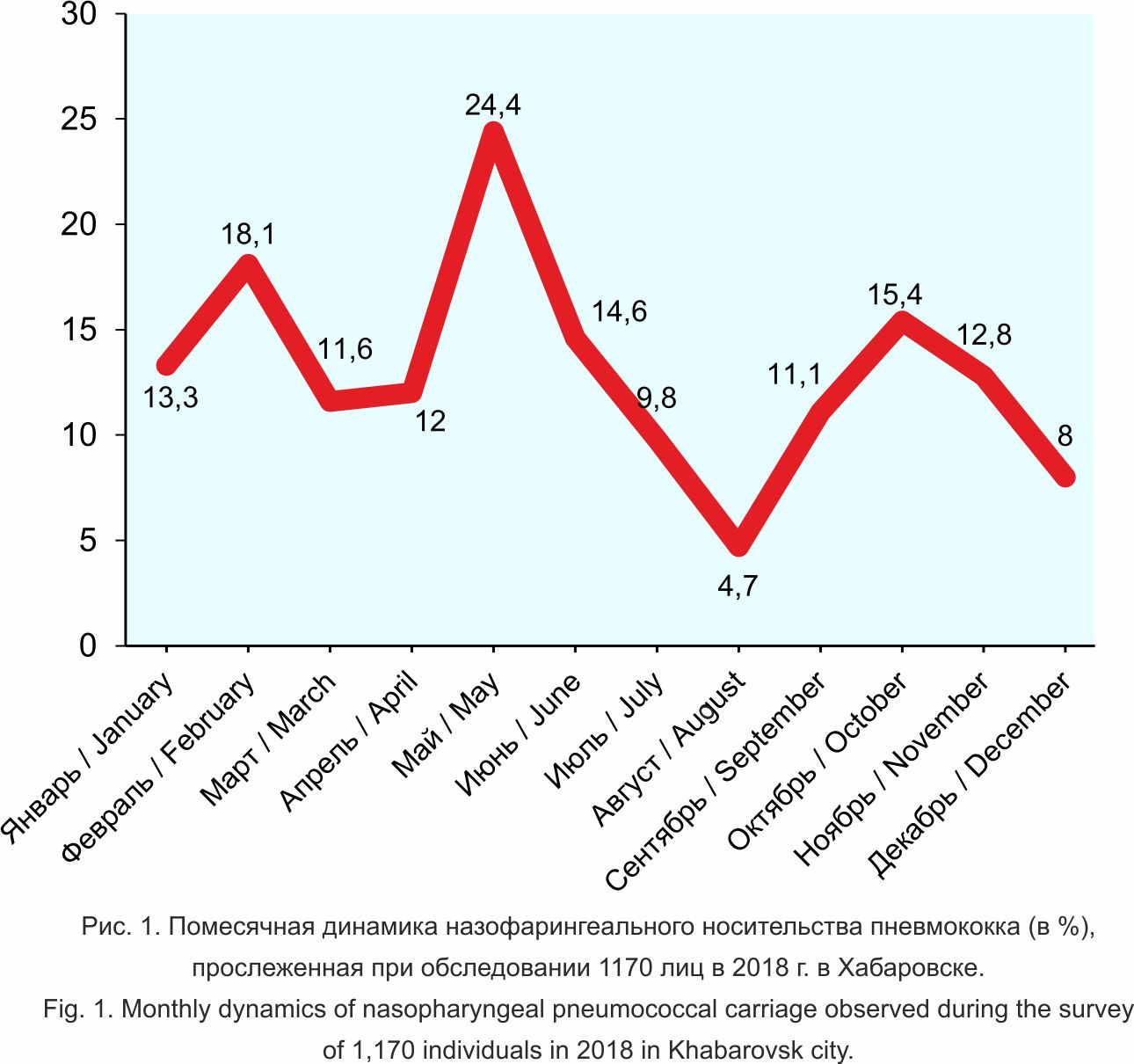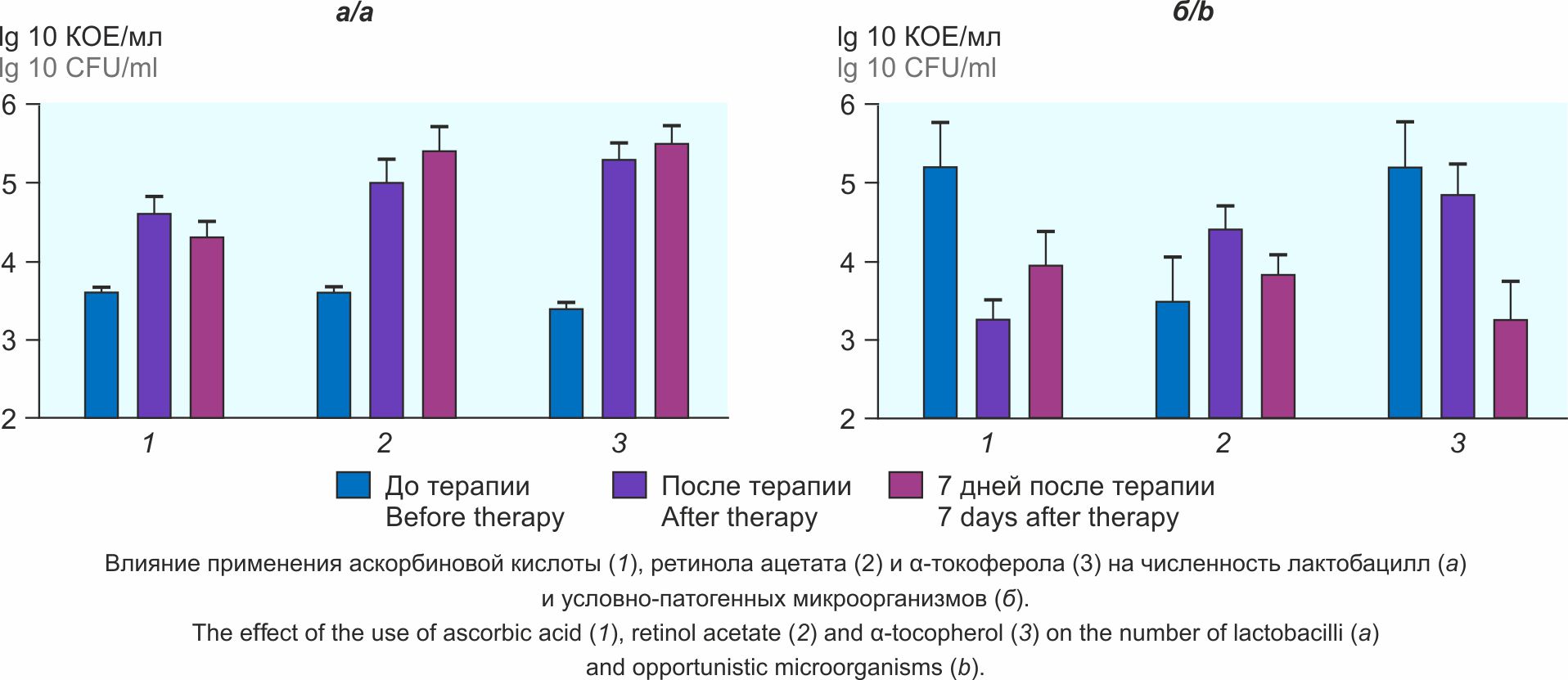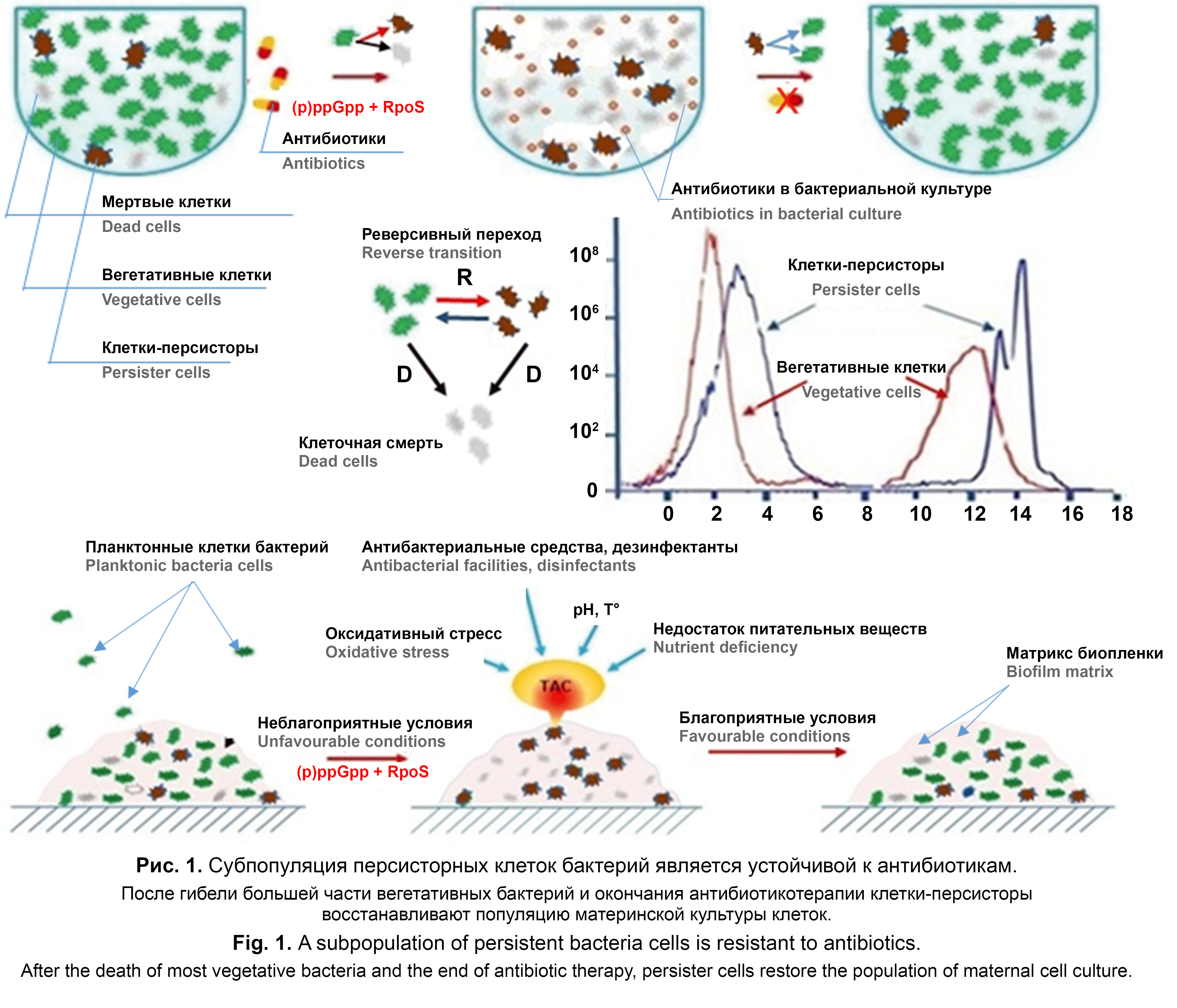Том 97, № 3 (2020)
- Год: 2020
- Дата публикации: 25.06.2020
- Статей: 13
- URL: https://microbiol.crie.ru/jour/issue/view/37
- DOI: https://doi.org/10.36233/0372-9311-2020-97-3
Весь выпуск
КРАТКИЕ СООБЩЕНИЯ
Эпидемиологическое значение определения РНК SARS-CoV-2 среди различных групп населения Москвы и Московской области в период эпидемии COVID-19
Аннотация
ФБУН ЦНИИ эпидемиологии Роспотребнадзора представляет приоритетные данные широкомасштабного популяционного ПЦР-исследования динамики уровня циркуляции SARS-CoV-2 среди условно здорового населения Москвы и Московской области.
 197-201
197-201


ОРИГИНАЛЬНЫЕ ИССЛЕДОВАНИЯ
Предварительный клинико-эпидемиологический анализ первых 1000 случаев COVID-19 у детей в Московской области
Аннотация
Актуальность. Новая коронавирусная инфекция, вызванная SARS-CoV-2 (COVID-19), продолжает распространяться по миру, однако эпидемиологическая ситуация отличается в разных странах. Представляет интерес оценить педиатрическую заболеваемость в отдельном субъекте России — Московской области (МО), тесно взаимосвязанной с Москвой (где зарегистрировано максимальное количество случаев COVID-19 в России). Оценка эпидемиологических данных интересна в связи с поздним началом эпидемического подъема, внедрением на ранних этапах превентивного локдауна, широким тестированием всех выявленных контактных лиц.
Цель работы — оценить педиатрическую заболеваемость COVID-19 с определением ее ведущих клинико-эпидемиологических характеристик на материалах официального мониторинга за текущей ситуацией в МО.
Материалы и методы. Проведен ретроспективный анализ всех педиатрических случаев лабораторно подтвержденной COVID-19 в МО (1047 детей всех возрастов) с момента начала регистрации в порядке ежедневного мониторинга за эпидемиологической ситуацией (суммарно в течение 53 дней). Информация извлечена из базы данных Территориального управления Роспотребнадзора МО и собрана в рамках свода по форме «Ежедневный мониторинг детей с коронавирусной инфекцией», приложение ГАС «Управление» МО.
Результаты. Доля педиатрических случаев COVID-19 среди всех зарегистрированных на 06.05.2020 (16 590) составила 6,3% (95% ДИ1 5,9–6,7), общая инфицированность педиатрической популяции субъекта — 0,07% (0,06–0,09). Средний индекс репродукции колебался в пределах от 4,8 (на этапе двухнедельного экспоненциального роста) до 2,7 (в последующем периоде более медленного прироста заболеваемости) и составил в среднем 3,8 (3,0–4,57). Коэффициент очаговости COVID-19 среди детей был высоким — 82,8% (79,7–85,6) с небольшим средним числом выявленных случаев в очаге — 1,21 (1,16–1,26). Значительно преобладали бессимптомные формы COVID-19 — 62,2% (59,2–65,1), в том числе у новорожденных — 73,1%, с низкой частотой тяжелых форм — 0,38% (0,35–0,41) и низким индексом госпитализации — 12,0 (10,1–14,2). Летальность отсутствовала. Средний возраст заболевших и инфицированных — 8 [4; 13] лет. Мальчики преобладали незначительно (53,2%).
Выводы. Прослеживается отчетливая этапность развития эпидемической ситуации среди детей в МО. Передача COVID-19 в детской популяции осуществлялась главным образом в семейных очагах с вторичным распространением. Благодаря ранним превентивным мерам и широкому тестированию период экспоненциального роста был коротким, удалось избежать крупных очагов инфекции, дополнительно выявлено 17,2% очагов COVID-19, в которых первым заболевшим был ребенок. Необходимо в дальнейшем соблюдать дистанцирование и обеспечивать эффективную изоляцию заболевших детей и взрослых, поскольку вероятность высокой педиатрической заболеваемости может запаздывать по сравнению со взрослыми.
 202-213
202-213


Тетрануклеотидный профиль герпесвирусных ДНК
Аннотация
Введение. Герпесвирусные ДНК (около 90% всех полногеномных последовательностей семейства Herpesvirales, представленных в GenBank) содержат в минимальной концентрации один из двух тетрануклеотидов — CTAG или TCGA. «Недопредставленность» CTAG ранее наблюдалась только в ДНК некоторых бактерий и фагов. Ранее выявленная «недопредставленность» метилируемого димера CpG находит свое выражение в низкой концентрации TCAG в ДНК герпесвирусов.
Цель работы — продолжение анализа формальных характеристик герпесвирусных ДНК, а также сопоставление их с плотностью ДНК-микрогомологий вирус/хозяин и с геномной макроструктурой герпесвирусов.
Материалы и методы. Проанализированы по 20 штаммов и изолятов каждого из пяти типов вирусов герпеса человека (HHV1, HHV2, HHV3, HHV4, HHV5), 10 штаммов HHV8, 5 штаммов HHV6A, 4 штамма HHV6B и 3 штамма HHV7. Для определения частоты тетрануклеотидов использовали инструменты GenBank, а для сравнения — фрагменты ДНК человека размером с ДНК герпесвирусов.
Результаты. Минимальная концентрация CTAG в ДНК герпесвирусов в основном характерна для двух- и односегментных геномов с прямыми или инвертированными концевыми повторами (классов A, D и E), тогда как минимальная плотность TCGA — главным образом для значительно менее структурированной ДНК (классов B, C и F). По нарастанию плотности CTAG геномы герпесвирусов человека образуют последовательность, близкую к последовательности 20 нт-гомологий ДНК герпесвирус/человек, организованной по нарастанию плотности, что также коррелирует с макроструктурой ДНК. Параллель этой минимизации со структурой ДНК вирусов герпеса или с их принадлежностью к тому или иному подсемейству в литературе не отмечена. Хотя герпесвирусные ДНК довольно велики (125–295 Кб), некоторые из них (например, ДНК HHV4, HHV5 и HHV7) демонстрируют заметные отклонения от второго правила четности ДНК и, таким образом, могут служить компонентом вирусных молекулярных сигнатур.
В Обсуждении предлагаются возможные гипотезы происхождения некоторых из отмеченных явлений.
 216-226
216-226


Состояние гуморального иммунитета к парвовирусу В19 у населения отдельных географических регионов
Аннотация
Введение. В ряде стран, в том числе в России, отсутствуют регистрация и учет заболеваемости парвовирусной инфекцией; о распространении этой инфекции можно судить по показателям гуморального иммунитета.
Цель исследования: оценка серопревалентности к парвовирусу В19 (PVB19) в разных возрастных группах населения России, Средней Азии, Западной Африки.
Материалы и методы. На IgG-антитела к PVB19 исследованы 1732 сыворотки крови жителей Санкт-Петербурга, Нур-Султана, трудовых мигрантов из Узбекистана и Таджикистана, граждан Гвинейской Республики.
Результаты. Наибольшие показатели серопревалентности выявлены в городах Санкт-Петербурге и Нур-Султане (62–65%); наименьшие — среди трудовых мигрантов из Узбекистана и Таджикистана (47%). Показатель серопревалентности к PVB19, полученный в Гвинейской Республике, составил 53%. Установлена общая тенденция повышения доли серопозитивных лиц в старших возрастных группах: до 55% — у мигрантов из Средней Азии и граждан Гвинейской Республики; до 80–85% — у жителей Санкт-Петербурга и Нур-Султана.
Обсуждение. Полученные результаты подтверждают факт распространения парвовирусной инфекции в разных странах мира. Наличие восприимчивых к заражению лиц может привести к распространению инфекции в группах риска — среди беременных женщин, лиц с иммунодефицитами, реципиентов препаратов крови, онкологических больных.
 233-241
233-241


Индикация и идентификация вирусов денге и Чикунгунья в комарах рода Aedes spp., отловленных в Центральной Америке
Аннотация
Целью работы было выделение арбовирусов из комаров различных видов в культуре клеток и их идентификация молекулярными и иммунохимическими методами.
Материалы и методы. Выделение вирусов проводилось на клетках C6/36. Возбудителей идентифицировали с использованием наборов для иммуноферментного анализа (ИФА) для выявления антигенов вирусов денге, Чикунгунья, ВЗН и Синдбис и полимеразной цепной реакции с обратной транскрипцией (ОТ-ПЦР) со специфическими праймерами с последующим секвенированием по Сенгеру.
Результаты. Всего было исследовано 102 комара, относящихся к трем родам: Culex spp., Culiseta spp., Aedes spp. Комары каждого вида или рода были разделены на пулы по 4–5 особей. При исследовании суспензий только 2 пулов комаров, полученных от Aedes aegypti и Aedes albopictus, начиная с 3-го пассажа отмечены изменения монослоя клеток C6/36. В материалах суспензии, полученной из пула Aedes albopictus, начиная с 4-го пассажа методом ИФА выявлялся антиген вируса Чикунгунья. В материалах, полученных из пула Aedes aegypti, на 5-м пассаже определялся вирус денге. Таким образом, только в 2 из 23 исследованных пулов комаров разных родов определялись антигены вирусов Чикунгунья или денге. Материалы 5-го пассажа были исследованы в ОТ-ПЦР со специфическими праймерами к вирусам денге и Чикунгунья. Подтверждено, что изолят, полученный от комаров Aedes albopictus, содержал РНК вируса Чикунгунья и соответствовал Восточному/Центральному/Южно-Африканскому генотипу, а изолят, полученный от комаров Aedes aegypti, содержал РНК вируса денге 2-го типа.
Заключение. Полученные нуклеотидные последовательности вируса Чикунгунья были депонированы в международной базе данных GenBank под номерами MN271691 и MN271692.
 227-232
227-232


Характеристика назофарингеального носительства бактериальных патогенов у детей и взрослых с рецидивирующими респираторными заболеваниями в Хабаровске (2015–2018 гг.)
Аннотация
Цель работы — по материалам четырёхлетних наблюдений представить характеристику назофарингеального носительства бактериальных патогенов у детей и взрослых с рецидивирующими респираторными заболеваниями в г. Хабаровск.
Материалы и методы. Мазки из ротоглотки и носоглотки от 7043 детей и взрослых исследованы классическим бактериологическим методом. Для диагностики микроорганизмов использованы: колумбийский агар с добавлением 5% дефибринированной крови барана с инкубацией посевов в атмосфере 5% СО2 , бактериологический анализатор «Vitek 2 Compact», метод ПЦР в реальном времени для подтверждения культур S. pyogenes.
Результаты. Выявлен высокий уровень носительства назофарингеальных патогенов (76,4%) со следующим ранговым положением основных возбудителей: S. pneumoniae (47%), M. catarrhalis (30,4%), H. influenzaе (17,5%), S. pyogenes (5,2%). Возрастные группы риска — дети 0–6 лет для S. pneumoniae и дети 7–12 лет для S. pyogenes. Намечающийся рост уровней носительства S. pneumoniae в 2018 г. сопровождался повышением регистрируемой заболеваемости пневмококковой пневмонией.
Заключение. Назофарингеальное носительство S. pneumoniae обусловливает высокий риск развития внебольничных пневмоний и других пневмококк-ассоциированных заболеваний преимущественно у детей.
 242-250
242-250


Регуляция микроэкологического состояния нижних отделов женского репродуктивного тракта витаминами
Аннотация
Цель исследования — изучение изменений микроэкологии влагалища под влиянием препаратов аскорбиновой кислоты, α-токоферола и ретинола ацетата.
Материалы и методы. Определяли количество вагинальных лактобацилл, условно-патогенных микроорганизмов, концентрацию IL1β, raIL1, INFγ, TGFβ1, лактоферрина и sIgA в вагинальной жидкости женщин с дефицитом аскорбиновой кислоты (n = 35), ретинола ацетата (n = 35) и α-токоферола (n = 35) до и после интравагинального применения указанных витаминов. Полученные данные сравнивали с показателями здоровых женщин без дефицита витаминов (n = 15).
Результаты. Выявлена связь дефицита α-токоферола, ретинола ацетата и аскорбиновой кислоты с дефицитом лактофлоры, высокой частотой бактериального вагиноза и кандидоза, изменениями параметров мукозального иммунитета провоспалительной направленности. Доказано нормализующее влияние всех исследуемых витаминов на состояние лактофлоры влагалища, выраженность которого уменьшалась в ряду α-токоферол → ретинола ацетат → аскорбиновая кислота. Витамин А вызывал повышение, а витамины С и Е — снижение численности условно-патогенных микроорганизмов, при этом эффект витамина С был выраженным, но кратковременным, а витамина Е — менее выраженным, но длительным. Применение витаминов разнонаправленно влияло на состояние мукозального иммунитета: аскорбиновая кислота способствовала усилению изменений провоспалительной направленности, α-токоферол и ретинола ацетат — напротив, вызывали изменения противовоспалительной направленности.
Заключение. Данные о влиянии на микроэкологическое состояние вагинального биотопа препаратов аскорбиновой кислоты, α-токоферола, ретинола ацетата позволяют рассматривать эти витамины в качестве регуляторных факторов как для клеток хозяина, так и для микросимбионтов.
 251-257
251-257


Трансмиссивная антибиотикоустойчивость, обусловленная SXT-элементом, у холерных вибрионов, выделенных на территории России
Аннотация
Цель. Детекция SXT-элементов в холерных вибрионах О1 и nonО1/nonО139 серогрупп и исследование эффективности их конъюгативной передачи в клетки Escherichia coli.
Материалы и методы. В опытах конъюгации в качестве доноров использовали штаммы Vibrio cholerae О1 El Tor (n = 3) и V. cholerae nonO1/nonO139 (n = 3). Штаммы (доноры, реципиенты и трансконъюганты) тестировали в полимеразной цепной реакции в формате реального времени на чувствительность к антибиотикам и на наличие генов лекарственной устойчивости и гена интегразы (int). Проводили электрофорез в 0,7% геле агарозы с окраской бромистым этидием.
Результаты. Устойчивость к левомицетину, триметоприму/сульфаметоксазолу, стрептомицину передавалась в опытах конъюгации с частотой от 2,1 × 10–9 до 7,1 × 10–9. У большинства штаммов V. cholerae обнаружены гены int и dfrA1 (устойчивость к триметоприму/сульфаметоксазолу), которые стабильно передавались клеткам E. coli QD Rifr и в обратных кроссах V. cholerae О1 El Tor 5879 Nalr .
Заключение. Обнаружение SXT-элемента в штаммах V. cholerae и его успешный горизонтальный перенос подчеркивают необходимость детекции таких мобильных генетических элементов для контроля над распространением антибиотикорезистентности у V. cholerae.
 258-264
258-264


Выявление штаммов Vibrio cholerae «гаитянской» группы с помощью полимеразной цепной реакции на основе INDEL-типирования
Аннотация
Цель работы состояла в целенаправленном поиске генетического INDEL-маркера «гаитянской» группы штаммов холерных вибрионов, позволяющего проводить их идентификацию методом полимеразной цепной реакции (ПЦР).
Материалы и методы. Для поиска INDEL-маркеров использованы полученные из системы GenBank данные полногеномного секвенирования штаммов Vibrio cholerae El Tor, изолированных на разных континентах в различные годы. Для анализа применяли авторское программное обеспечение, написанное на языке программирования Java. Для картографирования использована система NextGIS.
Результаты и обсуждение. Установлено, что делеция 8 нуклеотидов в гене VCA1095, расположенном на малой хромосоме и кодирующем chemotaxis protein СheA, является характерным генетическим признаком «гаитянской» группы штаммов. Разработаны праймеры для выявления данной делеции в ПЦР.
Заключение. Разработана методика выявления штаммов холерных вибрионов «гаитянской» группы на основе анализа INDEL-маркеров и показано распределение таких штаммов в мире до и после 2010 г.
 265-270
265-270


ОБЗОРЫ
Молекулярные механизмы персистенции бактерий
Аннотация
Высокий уровень смертности от инфекционных болезней в значительной степени опосредован повсеместным и бесконтрольным использованием антибиотиков, что привело к появлению лекарственно-резистентных штаммов бактерий. Быстрая эволюция резистентности бактерий к антимикробным препаратам является серьезным вызовом для современного здравоохранения, обусловливает необходимость создания новых антибиотических средств, а также активизации изучения молекулярных механизмов, лежащих в основе формирования устойчивости микроорганизмов. Одним из таких механизмов является бактериальная персистенция, которая проявляется образованием в микробной культуре клеток-персисторов, являющихся фенотипическим вариантом изогенной популяции. Персистенция бактерий может возникать самопроизвольно, независимо от воздействия антимикробных средств или причин, связанных с окружающей средой (недостаток питательных веществ, окислительный стресс или гипоксия). Эта небольшая по численности генерация клеток способна сохранять жизнеспособность даже в присутствии антимикробных средств в концентрациях, многократно превышающих терапевтические. Наличие в организме персисторных клеток патогенных бактерий снижает эффективность антибиотического лечения не в связи с генотипической лекарственной устойчивостью микроорганизма, а вследствие наличия фенотипической резистентности клеток-персисторов. Различие принципиальное, поскольку персисторы нечувствительны ко всем антибиотикам и для их эрадикации необходима разработка принципиально новых антимикробных стратегий. Клетки-персисторы представляют собой фенотипические варианты материнской культуры бактерий, которые присутствуют во всех популяциях микроорганизмов, а после наступления благоприятных условий способны рекультивироваться и сформировать новую генерацию вегетативных бактерий. В обзоре рассмотрены современные концепции молекулярно-генетических механизмов персистенции бактерий с акцентом на их клиническом значении для возникновения персистирующих инфекций, а также обсуждаются инновационные технологии эрадикации устойчивых клеточных форм микроорганизмов.
 271-279
271-279


РЕЦЕНЗИИ
 280
280


ЮБИЛЕИ
К 95-летию профессора Костюковой Натальи Николаевны: 73 года служения науке
Аннотация
6 июля 2020 года исполняется 95 лет со дня рождения доктора медицинских наук, профессора, Заслуженного деятеля науки Российской Федерации, одного из ведущих специалистов в области медицинской микробиологии и эпидемиологии Костюковой Натальи Николаевны.
 281
281


НЕКРОЛОГИ
 282
282








